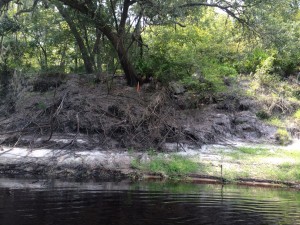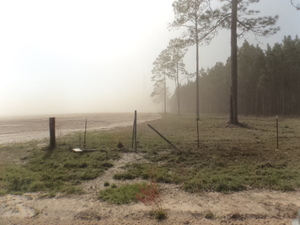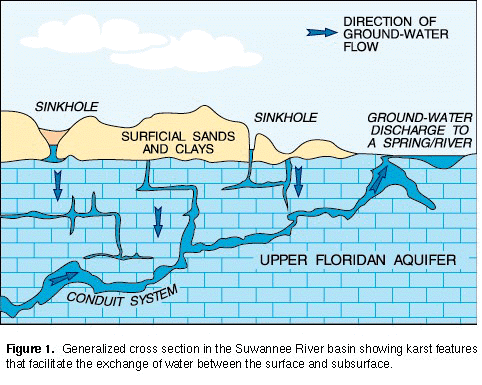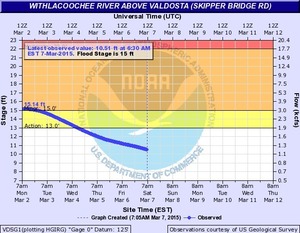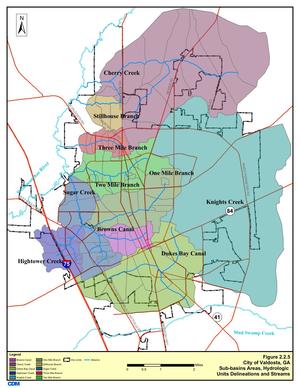This is the petition
(PDF)
WWALS filed Friday 7 Aug 2015 against FL-DEP’s
 intent to isue a permit for Sabal Trail
to drill under the Suwannee River and otherwise destroy wetlands
and add hazards for no benefit.
intent to isue a permit for Sabal Trail
to drill under the Suwannee River and otherwise destroy wetlands
and add hazards for no benefit.
Spectra Energy of Houston, Texas also wants to drill the Sabal Trail pipeline under the Santa Fe River and the Withlacoochee south River (the one that flows from the Green Swamp to the Gulf). Sabal Trail also wants to drill under WWALS’ Withlacoochee River that flows into the Suwannee, but in Georgia, so that is not a topic of this petition.
Remember there are still plenty of things you can do to help stop this pipeline invader from destroying forests, fields, and streams, adding hazards for no benefit.
And you can come see where Sabal Trail proposes to cross the Suwannee this Saturday, August 15th, as we paddle down the river!
-jsq
You can join this fun and work by becoming a WWALS member today!
STATE OF FLORIDA
DEPARTMENT OF ENVIRONMENTAL PROTECTION
Continue reading


